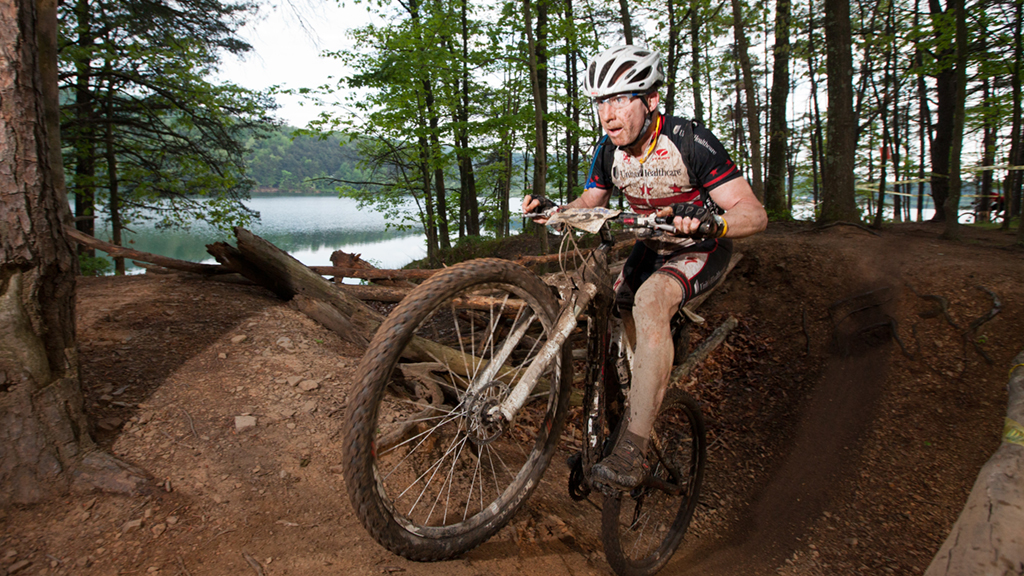Bruce Deming is happy, mostly for the right reasons, to see Washington’s surge in biking. The trim, 59-year-old DC attorney is a once-avid road racer who still takes the occasional 50-mile weekend ride with the National Capital Velo Club.
But he also sees a market in the snarl of cyclists, drivers, and pedestrians jockeying for space amid construction sites, double-parked vans, and gridlocked intersections. Deming specializes in representing injured bike riders, and business is booming.
“The growth is primarily among new riders in their twenties and thirties who use bikes for transportation,” he says, adding diplomatically, “They’re less skilled in the art of accident avoidance. They also trust in bike lanes a little more than they should.”
Deming began his career suing oil companies for price violations at the Department of Energy 30 years ago. After leaving government in the mid-’80s, he “sort of fell into personal-injury law,” he says. “When I started my practice, I did everything, but I rode bikes daily and I raced. Biking friends called for help.” As Washington increasingly took to two wheels, “one case led to another,” he says. “Bicyclists are a social group, so your name gets around.”
Deming takes only about half of the 200 or so cases he hears about each year, earning about a third of damage awards that range from hundreds of dollars to millions: “I pick my fights—and it’s always a fight.”
What makes bike-injury cases difficult, according to Deming, is cops’ casual attitude toward reporting accidents. Last year, Jeanie Osburn, 62, a longtime DC bike commuter, was pedaling near FBI headquarters on Pennsylvania Avenue when a driver slowed while preparing to turn left and fooled Osburn into thinking he saw her. She was wrong—and went to the hospital with back and shoulder injuries. When it came time for Osburn to make a claim against the driver’s insurance company, the police report was inaccurate and incomplete. “There was a sea of blue,” she recalls of her accident scene, “but no officer took down witness names.”
Jason Berry, 46, was hit by another cyclist on Arlington County’s Custis Trail. He says the local cops admitted they normally didn’t file reports about bike-on-bike smashups. “One officer told me, ‘This is a bike accident. Life happens.’ ”
With the paucity of reporting, data on biking accidents is meager. Most of Deming’s clients come from the densely trafficked District, where roughly 800 bike accidents were recorded in 2014—a jump of 200 over the previous year. Deming has become very familiar with a few hot spots. In Georgetown, the corner of Wisconsin Avenue and M Street teems with wheeled traffic and pedestrians—and no bike lanes. Cyclists leaving the Custis Trail in Rosslyn face a maze of heavy traffic, producing what Deming calls the “intersection of doom.”
His first task on a case often is to fill in the blanks by hiring investigators to photograph the scene and interviewing people who live or work nearby. (Berry helped out in his case, returning to the trail with a large sign asking for witnesses.) If Deming is lucky, his client has taken an ambulance, an indignity the lawyer recommends, and not only because it creates a medical record: “Your adrenaline is raging. You can be seriously hurt and not know it.”
His best advice, of course, is not to get hit in the first place. “Assume you are invisible,” says Deming, who has written a book on cycling safety and legal rights called Surviving the Crash: Your Legal Rights in a Bicycle Accident. “If you assume drivers are out to kill you, you’ll be even safer.”
This article appears in our April 2016 issue of Washingtonian.


















